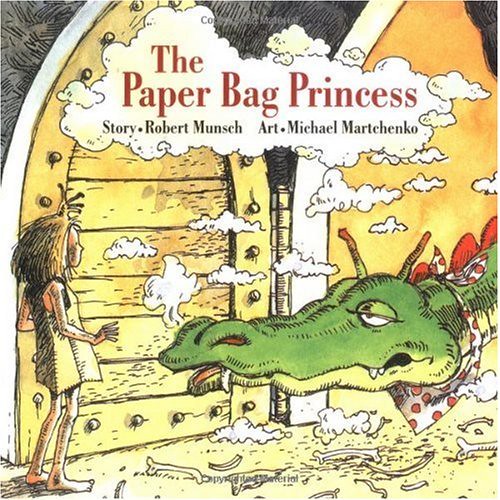Source: http://www.soulemama.com/.a/6a00d8341c4ea853ef01156fb9db90970b-500wi
1. Find a comfortable setting. Reading "nooks" or "corners" are sort of a haven for children. It is a place where they can relax and read at their own time, based on their own interests.
Source: http://i00.i.aliimg.com/photo/v0/221690262/children_book_color_educational_book.jpg
2. Make sure children can see the pictures. Pictures are worth a thousand words. Children are able to create their own story line based on what they see in the pictures. It is one of the most important parts in learning how to read.
Source: http://www.mhl.org/kids/fun/wp-content/uploads/2009/05/bird.jpg
3. Choose books that are appropriate for the age level of the child. Children should not be given that are too low for them because they will get bored or too high for them because they will lose their interest.
Source: http://www.kidsbooks.ca/i/481D_3.jpg
4. Read books on diverse topics and things of interest to children. When given the opportunity to learn about diversity, children are the best audience to accept diversity as well.
Source: http://farm5.static.flickr.com/4107/4994338886_9072242c4d.jpg
5. Build background knowledge. Let children examine the cover of the book. Give them a chance to predict what the story might be about. During reading, ask them to predict what will happen next. Ask questions about vocabulary that is new and difficult. Prediction is a big part of critical thinking.
Source: http://www.torontoobserver.ca/wp-content/uploads/2008/03/25-01-08-McKay-Munsch3.jpg
6. Use good expressions as you read, just like Robert Munsch is in the above picture! Change your tone, rhythm, level of your voice to fit the situation in the story. Be soft, quiet or excited/surprised.
Source: http://creativecurio.com/wp-content/uploads/2008/04/ross-book.jpg
7. Re-read favourite books! If the children want to hear the same story everyday, let them. Repetition is one of the best ways for children to become comfortable with listening, predicting and reading.
* One last thing: If the child is not interested, don't continue reading. You don't have to finish reading a book that no one wants to hear*






No comments:
Post a Comment